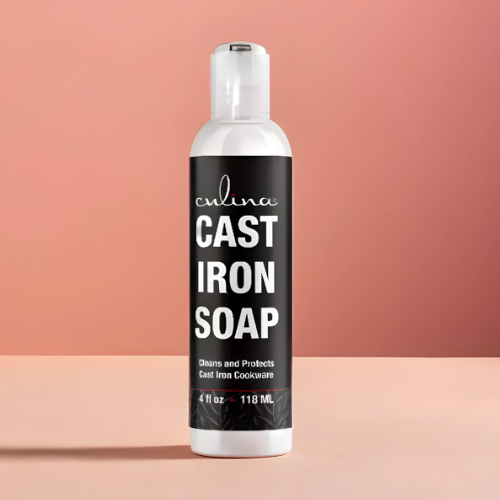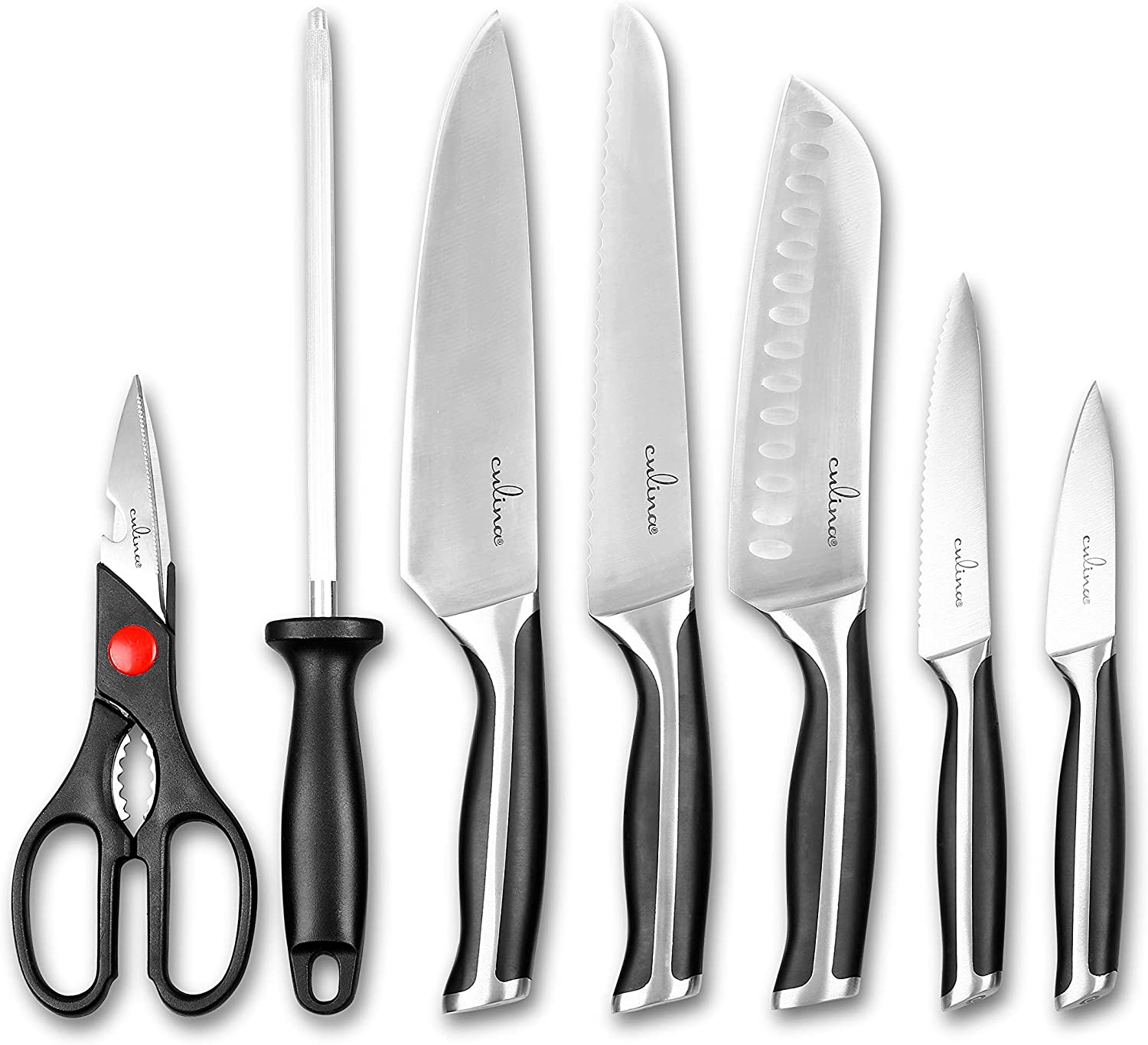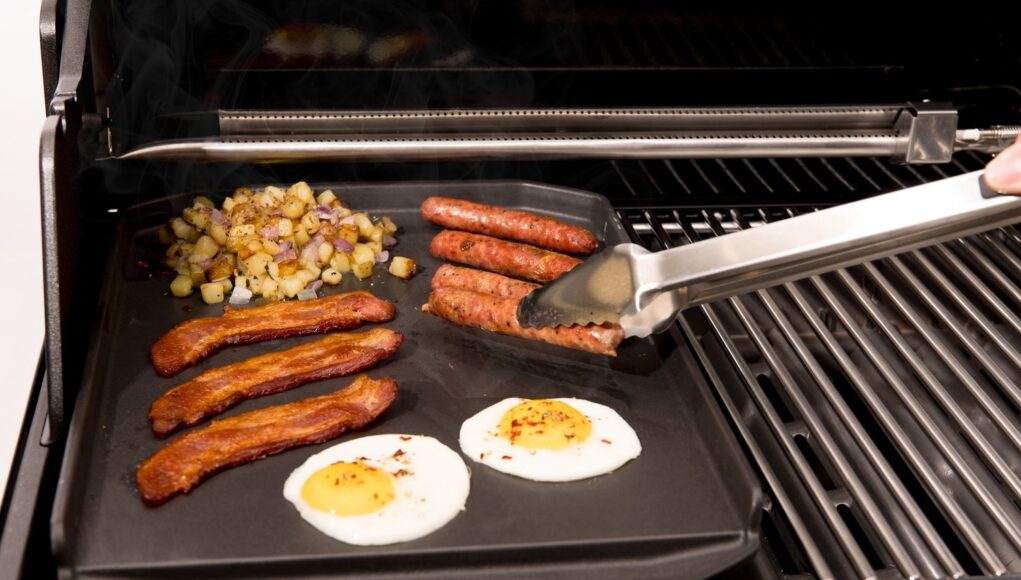When it comes to cooking delicious seafood, salmon often shines as a top choice. With its rich flavor and versatile cooking methods, it’s no wonder that many wonder how long to cook salmon on griddle. Whether you’re a seasoned home chef or just starting to explore the wonderful world of griddle cooking, this guide is here to help you prepare a terrific salmon dish that is both healthy and delicious. So, let’s dive in and uncover the secrets to perfecting your griddle-cooked salmon!


Benefits of Cooking Salmon on a Griddle
Cooking salmon on a griddle is a terrific way to enjoy this flavorful fish. Here are some key benefits:
- Even Cooking: Griddles provide uniform heat distribution, ensuring that your salmon cooks evenly and retains its moisture.
- Healthier Choice: Cooking on a griddle allows excess fats to drain away, leaving you with a healthier meal.
- Versatility: You can cook different salmon cuts such as fillets, steaks, and even whole salmon on a griddle.

Choosing the Right Salmon
Before diving into how long to cook salmon on griddle, it’s essential to select the right type of salmon. Here are some points to consider:
- Freshness: Opt for fresh salmon over frozen whenever possible, as it offers better flavor and texture.
- Type of Salmon: Different salmon types, such as Atlantic, Pacific, and wild-caught, have distinct flavors and textures. Choose based on your preference.
- Cut: Salmon fillets, steaks, and whole salmon require different cooking times. Ensure you select the right cut based on your recipe.
Understanding Griddle Technology
Modern griddles come with numerous features designed to make cooking easier. Here’s a brief overview:
- Temperature Control: Many griddles come with adjustable temperature settings, allowing precision cooking.
- Non-Stick Surface: A non-stick griddle prevents the salmon from sticking and makes cleanup a breeze.
- Drip Tray: Helps in collecting excess fat and juices, promoting healthier cooking.
For more information on how to use a griddle effectively, check out this helpful guide.
Preparing Your Salmon for the Griddle
Proper preparation is key to achieving the perfect griddle-cooked salmon. Here’s what you need to do:
- Thaw: If using frozen salmon, ensure it is fully thawed before cooking.
- Pat Dry: Remove excess moisture from the salmon by patting it dry with paper towels. This helps in achieving a better sear.
- Remove Pin Bones: Use tweezers to remove any pin bones from the salmon fillets for a more pleasant dining experience.
Preheating Your Griddle
Preheating your griddle is a big step in the cooking process. Here’s why:
- Prevents Sticking: A preheated griddle reduces the chances of salmon sticking to the surface.
- Enhances Searing: Proper preheating helps in achieving a good sear, locking in the flavors and juices.
- Even Cooking: Preheating ensures that the griddle is evenly heated, resulting in uniform cooking.
Cooking Times for Different Salmon Cuts
Understanding how long to cook salmon on griddle depends on the type and cut of salmon. Here’s a quick guide:
- Salmon Fillets: Cook for 8-10 minutes per inch of thickness. Flip midway for even cooking.
- Salmon Steaks: These thicker cuts require about 10-12 minutes per inch of thickness, flipping halfway through.
- Whole Salmon: When cooking a whole salmon, you will need around 12-15 minutes per side, depending on the size.
Optimal Temperature Settings
Adjusting the temperature settings on your griddle correctly is crucial for a perfectly cooked salmon. Here’s what we recommend:
- Medium-High Heat: Preheat the griddle to a medium-high temperature, usually around 375-400F (190-200C).
- Internal Temperature: Cook the salmon until it reaches an internal temperature of 145F (63C) for safe consumption.
Flipping Your Salmon
Flipping the salmon properly ensures even cooking and a beautiful sear. Here’s a technique:
- Use a wide spatula to lift the salmon gently when one side is done.
- Flip quickly but carefully to maintain the structural integrity of the fish.
- Cook the other side for the recommended time or until the desired doneness is achieved.
Achieving Perfect Grill Marks
Perfect grill marks not only enhance the presentation but also add a subtle charred flavor. Heres how to achieve them:
- Preheated Griddle: Ensure your griddle is properly preheated.
- Avoid Moving: Once you place the salmon on the griddle, avoid moving it around. Instead, let it sit to develop those beautiful marks.
- Timely Flipping: Flip the salmon at the right time, typically when it no longer sticks to the griddle.
Seasoning and Marinating
Seasoning and marinating play a crucial role in flavoring your salmon. Here are some tips:
- Simple Seasoning: A combination of salt, pepper, and olive oil works wonders for a basic yet delicious flavor.
- Advanced Marinades: For a more intense flavor, marinate the salmon for 30 minutes to 2 hours using ingredients like soy sauce, garlic, and lemon juice.
Using Herbs and Spices
Adding herbs and spices can elevate the taste of your griddled salmon. Here are some recommendations:
- Dill: Fresh dill pairs beautifully with its subtle and refreshing taste.
- Paprika: Adds a smoky flavor and vibrant color to the salmon.
- Garlic Powder: Enhances the taste with its rich, savory flavor.
Common Mistakes to Avoid
Here are some common mistakes to avoid when cooking salmon on a griddle:
- Overcooking: Salmon cooks quickly and can become dry if overcooked. Always monitor the cooking time.
- Undercooking: Ensure the internal temperature reaches 145F (63C) for safe consumption.
- Skipping Preheat: Never skip preheating the griddle to ensure even cooking and prevent sticking.
Tips for Serving Salmon
Serving your perfectly cooked salmon with the right accompaniments can make all the difference:
- Fresh Lemons: A squeeze of fresh lemon juice brightens up the flavors.
- Side Salad: Complement your salmon with a light, fresh salad for a balanced meal.
- Grilled Vegetables: Pair your salmon with grilled veggies for a complete and nutritious meal.
Frequently Asked Questions (FAQ)
1. How long does it take to cook salmon fillets on a griddle?
For salmon fillets, cook for 8-10 minutes per inch of thickness, flipping midway to ensure even cooking.
2. What is the ideal temperature to cook salmon on a griddle?
Preheat your griddle to a medium-high setting, around 375-400F (190-200C), and cook the salmon until it reaches an internal temperature of 145F (63C).
3. Can I cook frozen salmon on a griddle?
While it is best to use thawed salmon for even cooking, you can cook frozen salmon on a griddle. However, adjust the cooking time accordingly and use a lower heat setting to prevent burning the exterior before the interior is fully cooked.
For more information on related topics, check out these articles on how long, cooking, what to pair, and griddle.
As an Amazon Associate, I earn from qualifying purchases.








